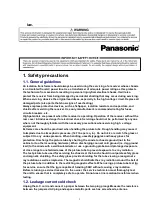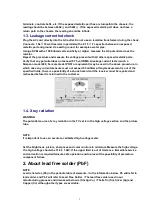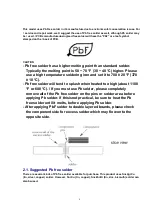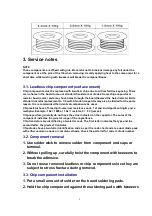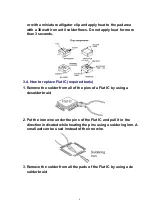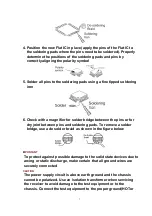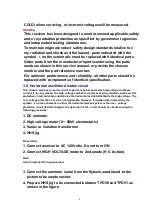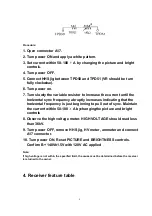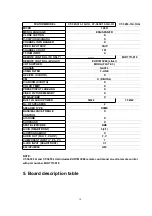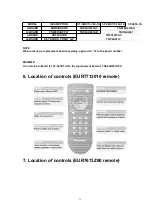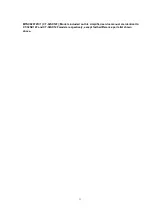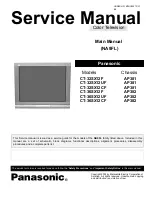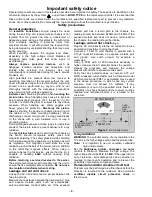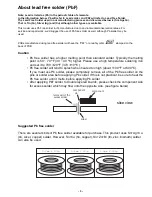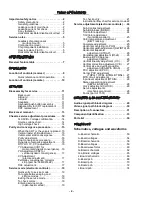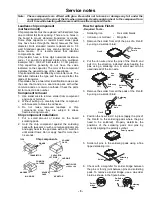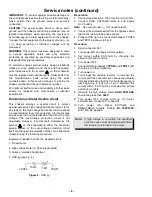
This model uses Pb Free solder in it’s manufacture due to environmental conservation issues. For
/ service and repair work, we’d suggest the use of Pb free solder as well, although Pb solder may
be / used. / PCBs manufacturedusinglead free solder will have the “PbF” or a leaf symbol
stamped on the / back of PCB.
CAUTION
- Pb free solder has a higher melting point than standard solder.
Typically the melting point is 50 ~ 70 °F (30 ~ 40 °C) higher. Please
use a high temperature soldering iron and set it to 700 ± 20 °F (370
± 10 °C).
- Pb free solder will tend to splash when heated too high (about 1100
°F or 600 °C). / If you must use Pb solder, please completely
remove all of the Pb free solder on the pins or solder area before
applying Pb solder. If thisisnot practical, be sure to heat the Pb
free solder until it melts, before applying Pb solder.
- After applying PbF solder to double layered boards, please check
the component side for excess solder which may flow onto the
opposite side.
2.1. Suggested Pb free solder
There are several kinds of Pb free solder available for purchase. This product uses Sn+Ag+Cu
(tin, silver, copper) solder. However, Sn+Cu (tin, copper), Sn+Zn+Bi (tin, zinc, bismuth) solder can
also beused.
4
Summary of Contents for CT-32SC13-1G
Page 63: ... 50 A Board ...
Page 65: ... 52 ERJ6GEYJ183V NP2AH037AC ERENCES A Board ...
Page 66: ... 53 A Board ...
Page 69: ... 56 D Board ...
Page 70: ... 57 D Board ...
Page 71: ... 58 D Board ...
Page 74: ... 61 notes NOTES ...
Page 75: ... 62 G Board ...
Page 76: ... 63 G Board ...
Page 77: ... 64 G Board ...
Page 79: ... 66 L Board ...
Page 80: ... 67 L Board ...
Page 81: ... 68 A PCB ...
Page 82: ... 69 A PCB ...
Page 83: ... 70 D PCB ...
Page 84: ... 71 D PCB ...
Page 85: ... 72 G PCB ...
Page 86: ... 73 G PCB ...
Page 87: ... 74 L PCB ...
Page 88: ... 75 notes NOTES ...


